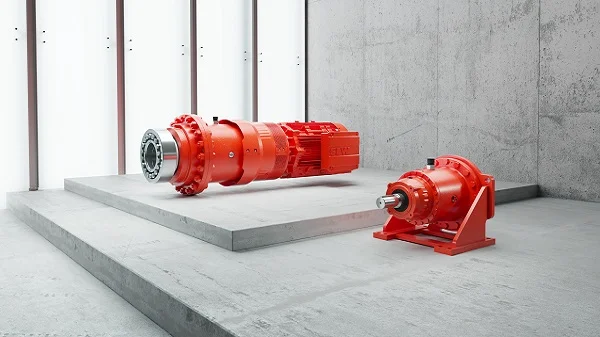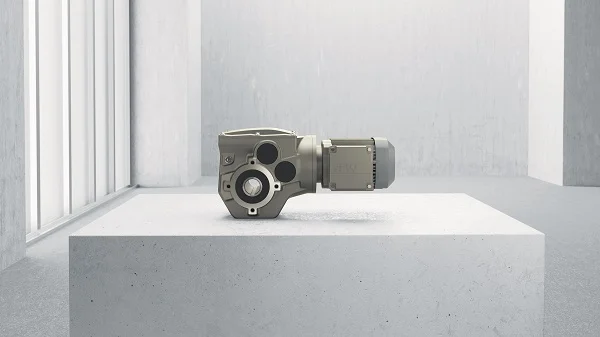
Sandvik Rock Processing’s entry into the screening media game has generated a lot of excitement in the mining sector in Africa. (Image source: Sandvik)
Following its 2022 acquisition of Schenck Process Mining, Sandvik Rock Processing has entered the screening media market in Africa
Although screening media is a minor cost when compared to larger capital equipment on a mine, Phumelele Motsamai, regional manager: screening media & wear protection – Africa at Sandvik Rock Processing, stressed that it is a crucial part of any mining operation’s profit engine.
“Screen media plays a critical role in optimising productivity and material quality in mining and quarrying. Sandvik Rock Processing recognises the uniqueness of each operation and always seeks to address the specific requirements to ensure improvement of operations,” said Motsamai.
According to Sandvik Rock Processing’s the market has been responding positively to its innovative approach, recognising the value of the integrated offering and the drive to provide tailored solutions. By combining advanced technology with a deep understanding of customer needs, Sandvik Rock Processing is setting a new standard in the screening media industry.
“Our entry into the screening media market has generated a lot of excitement in the mining sector in Africa. Traditionally, customers have been concerned about the lack of screen media accessibility and the ultimate lack of support in some of the regions. With four Sandvik entities across southern Africa and a total of 11 across Africa, Sandvik Rock Processing has the necessary touchpoints across the continent to keep stock close to our customers which reduces lead times and maximises uptime,” added Motsamai.
Sandvik Rock Processing manufactures a variety of screening media including polyurethane, rubber and wedgewire panels. Each type of panel is designed to address specific challenges within the mining industry, ensuring operations can maximise efficiency and productivity.
A broad portfolio
In addition to its screen media range, Sandvik Rock Processing offers an extensive range of wear protection solutions. Through its long history of materials expertise and research, the company has developed materials that meet the highest quality standards and offer advantages such as long wear life, less maintenance, reduced noise levels and a better working environment.
A case in point is the new Sandvik HX900 cast-in carbide, a unique wear material that combines the wear resistance of cemented carbide with the shock resistance, malleability and forming capability of nodular cast iron. This ideal combination provides a wear-resistant material that withstands tough environments and has a long wear life in many extreme applications.
In line with Sandvik’s commitment to sustainability, the tungsten carbides used in the Sandvik HX900 wear plates are 100% in-house recycled. Using recycled materials consumes 70% less energy and cuts overall carbon emissions by 40%.
“Based on the trials conducted to date, the Sandvik HX900 outlasts any other wear protection solution currently available on the market. It is the shining star of our range, and we are excited about its commercial rollout,” concluded Motsamai.


























